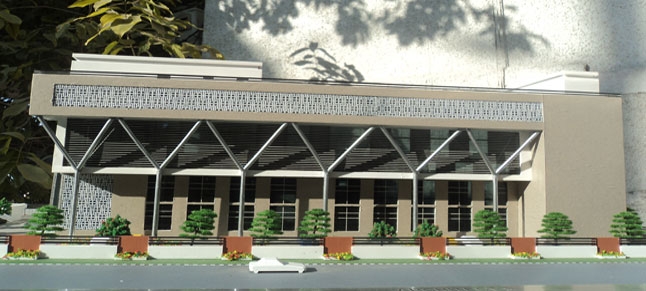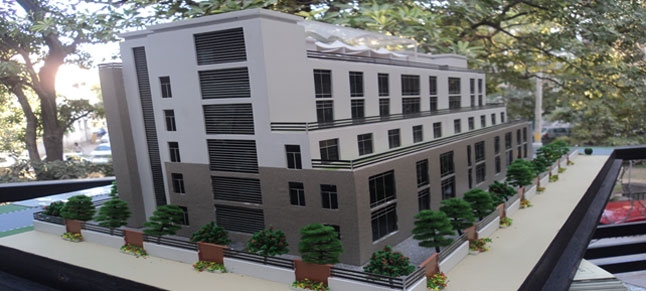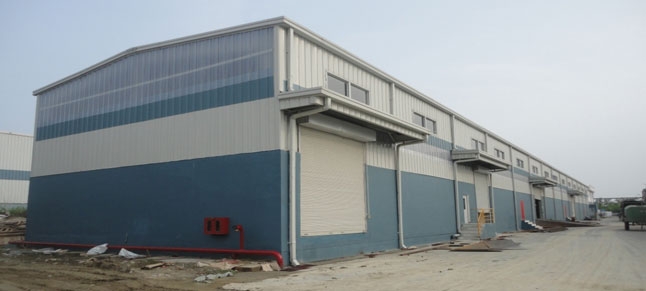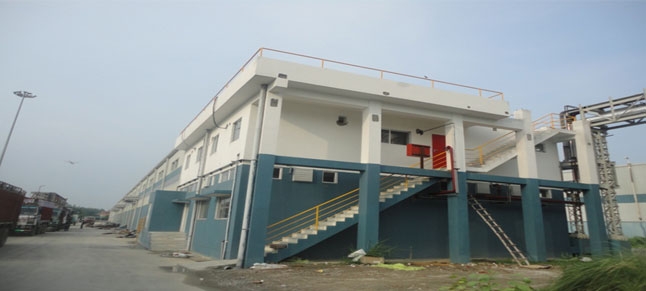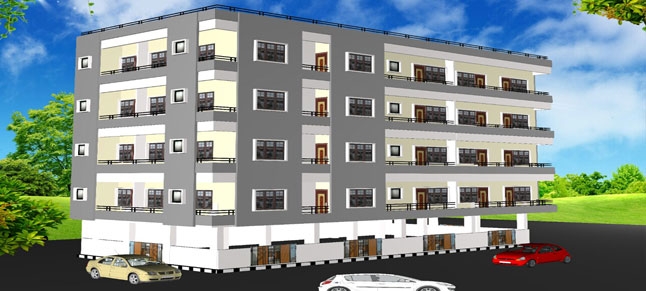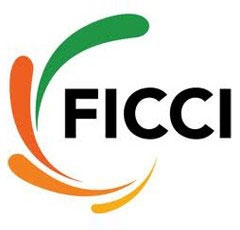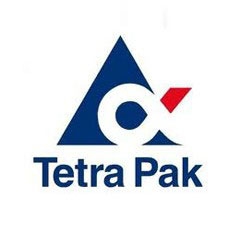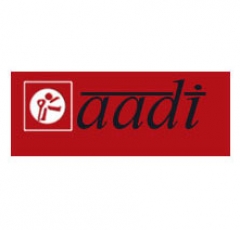Constructability Review
Design schedules always seem to be pressed for time, which is the result of two primary factors. The most obvious factor is that owners always want to move their projects forward as quickly as possible, so they pressure design teams into abbreviated design schedules.
This service is offered alongside Project Management from an early stage in the project to ensure that the Design is properly done according to the Standards & Codes. There is consistency between the Drawings, Specification, & B.O.Q without any Contradiction. It minimizes change orders and optimizes field administration at later stage of the project.
Site Tiger will perform a constructability review as a cross check of construction documents for accuracy, completeness, and systems coordination issues. This process starts prior to contractor bidding and after construction documents are complete.
A constructability review and analysis comprises a review of documentation and its completeness and adequacy for the task at hand, and an analysis of build ability, logical sequencing,scheduling and complexity of project elements prior to publishing bid documents. Following a constructability review, the designer incorporates the constructability comments (this is called back-checking). Several meetings with the architect or engineer after the review may be necessary to resolve all of the identified issues. The project team should reach a consensus on whether or not to incorporate each constructability comment.By identifying and solving problems early we greatly reduce the quantity of remedial work, eliminate many change order issues and decrease the magnitude of delays.
Our constructability review method is an intense cross check of all construction documents. We review each system independently, and as a whole. This process involves:
- Reviewing, plans and specifications to assess the ease or difficulty of constructing the proposed design with recommendations for practical changes.
- Reviewing documents, schedule for any observed inconsistencies.
- Making recommendations for the use of more cost-effective alternative materials or design details.
- Making recommendations for specification changes when the proposed specifications are likely to limit competition or cause excessive delays in delivery.
- Reviewing documents for completeness. Comprehensive and accurate documentation results in more responsive and complete bids.
- Reviewing schedule for logical sequencing.


